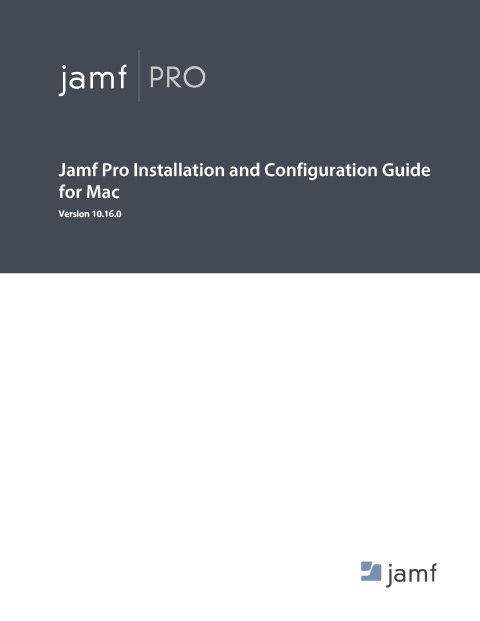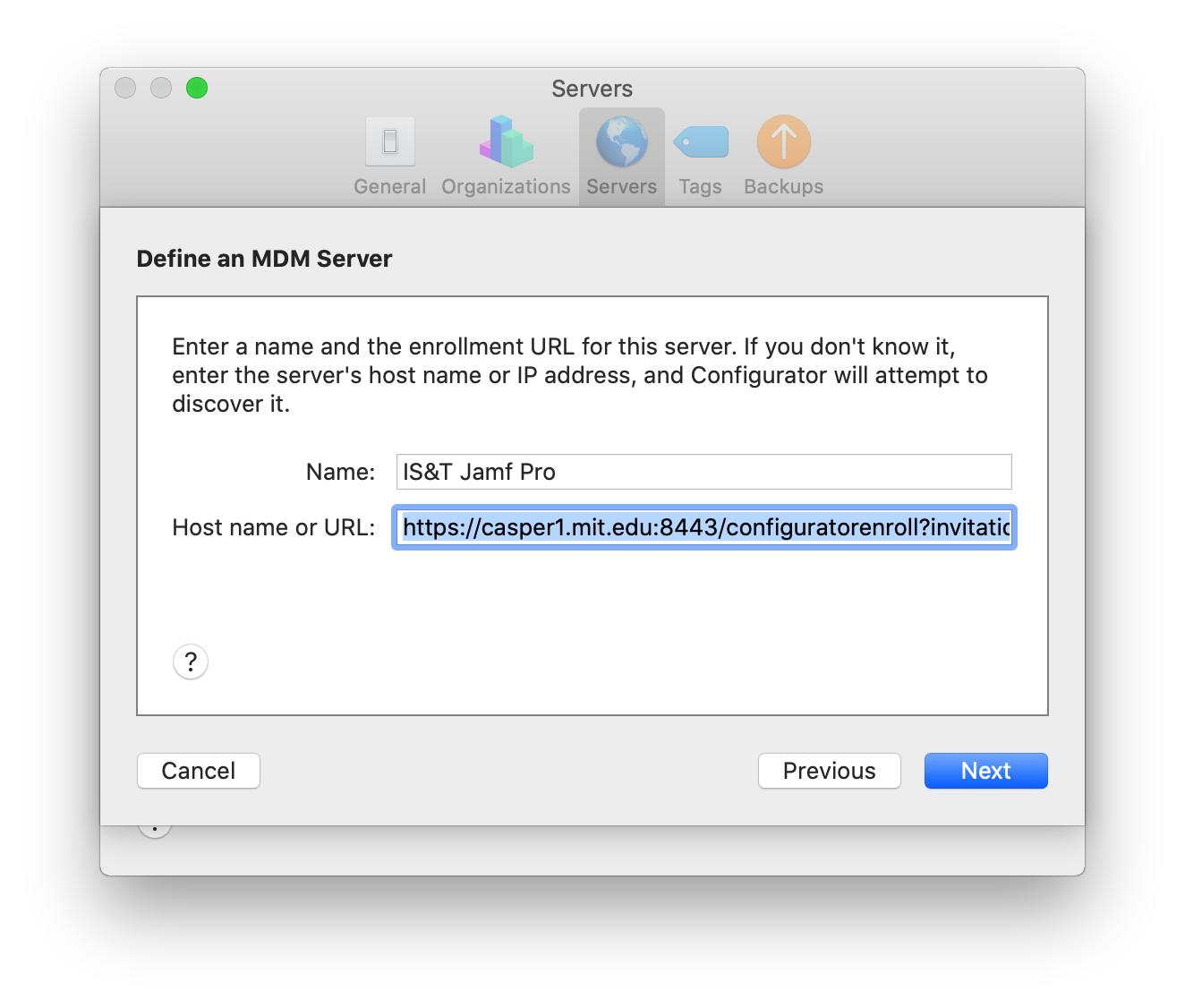
#Jamf pro minimum devices full
Secure Boot must be enabled with Full Security settings and Disallow booting from external media selected.Two-factor authentication must be enabled on the Apple ID used for enable Activation Lock.As on iOS, Activation Lock is an anti-theft feature designed to prevent activation of a Mac if it’s lost or stolen.Īctivation Lock on Macs does have some requirements in order for it to work. For more details, please see below the jump.Īs part of macOS Catalina, Apple introduced Activation Lock for Macs. Fortunately, there is also a way to use the Jamf Pro Classic API to send device lock commands. But once you get beyond that number, this process gets time-consuming and unwieldy. Once the device lock command has been sent, the Lock Computer button’s text should temporarily change to Command Sent.įor a small number of machines (10 or less), the method outlined above works fine. Click the OK button in the confirmation window. If desired, you can also enter a message which will appear on the lock screen.ħ. Enter the PIN code which will later be used to unlock the Mac. In the Management Commands section of the Management tab, click the Lock Computer button.ĥ. Go to the appropriate computer inventory record.Ĥ. Log into Jamf Pro using an account which can send lock commands via MDM.Ģ.

For example, here’s how it looks in Jamf Pro to send a device lock command via MDM:ġ. Once received, the Mac will then turn itself into a paperweight which does or doesn’t erase itself.ĭoing these one at a time is a pretty straightforward process.

Do you want it locked or wiped?”Īt that point, the admin pulls up their MDM admin console and depending on what the response was (lock or wipe), send out the appropriate MDM command accompanied by a PIN code. We can send a command to lock the computer or have it erase itself. “$Very Important Person left their Mac behind in a cab! What do we do?” Most Mac admins have had this conversation at one point or another over the course of their careers:


 0 kommentar(er)
0 kommentar(er)
